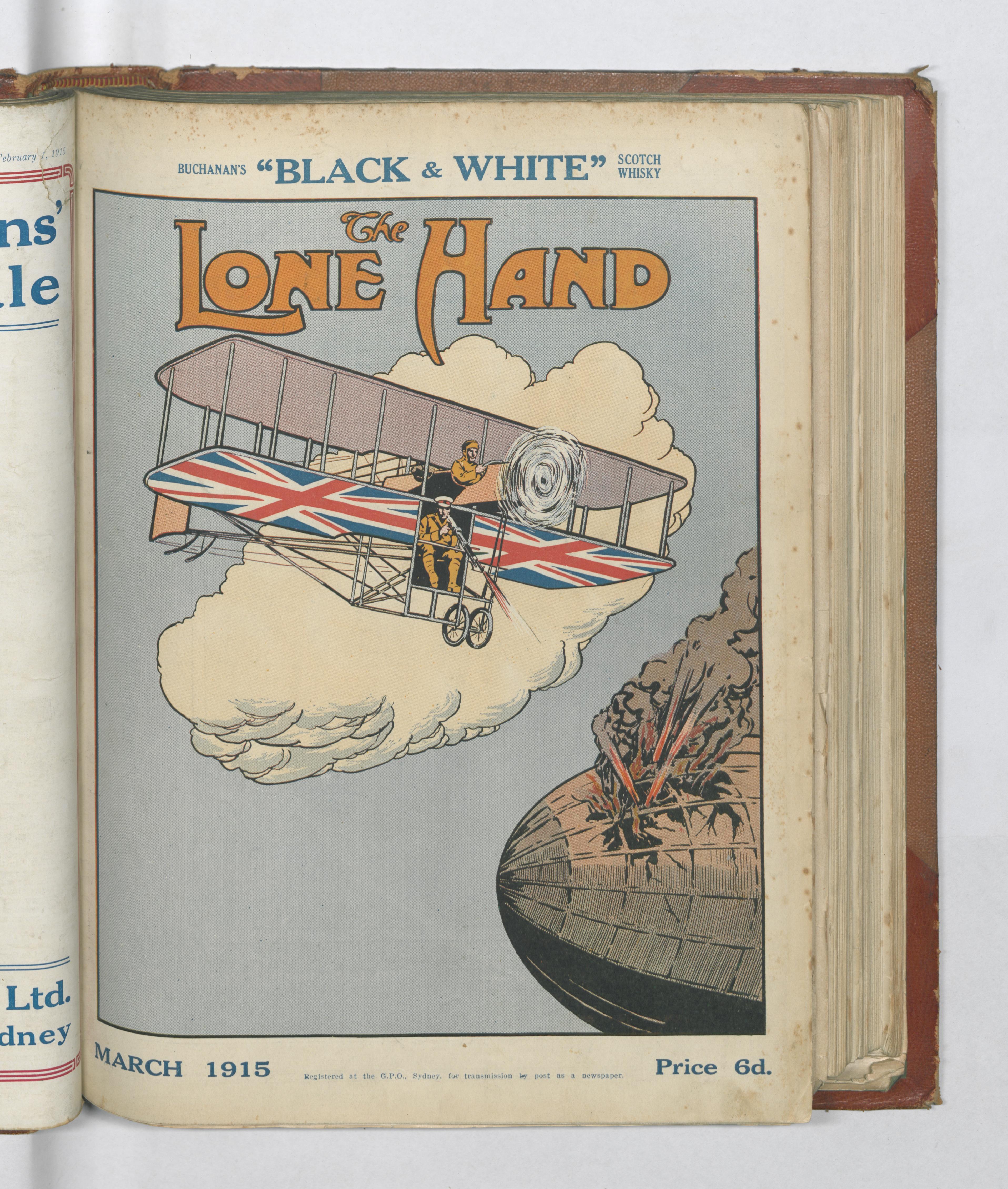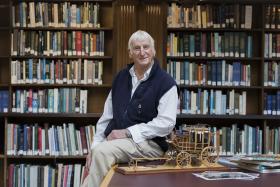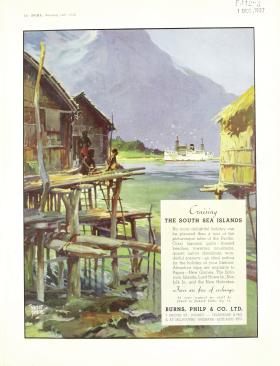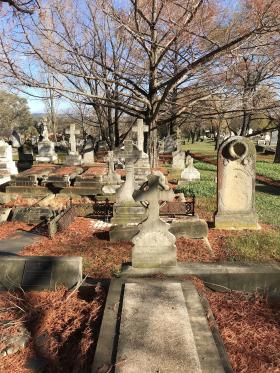In April 2020 as the pandemic set in, writer and teacher Giacomo Bianchino returned to Sydney from the City University of New York and found himself in need of a library collection and space to work in.
As well as teaching online, Giacomo is completing a PhD in comparative literature focusing on interwar political poetry. He’s comparing the relationship between politics and poetry in the work of fascist and communist poets of the time.
Back in Australia, he wasn’t sure how much the library collections here could support his work on poets like the American Ezra Pound and the Italian Gabriele D’Annunzio, who both had ties with Mussolini’s fascism.
But early forays into the State Library’s catalogue revealed a number of useful books by and about the Australian poet Jack Lindsay, son of Norman and another of Giacomo’s subjects. He also found books to prepare for his oral examination, like autobiographical volumes by the Scottish poet Hugh MacDiarmid, as well as a collection stocked with resources to sustain a research project on the rights of migrant workers in Australian agriculture.
Giacomo’s year at the Library has coincided with the transition to a new catalogue, a two-year project to make it easier and more enjoyable to search the collection.
As a researcher, Giacomo understands the importance of having information about a resource and access to it in one place. ‘I’m always sceptical of the back button on library websites,’ he says. ‘I feel like I’m going to erase the whole search!’ He appreciates that the new catalogue’s design, which presents each record on a single page, addresses that fear.
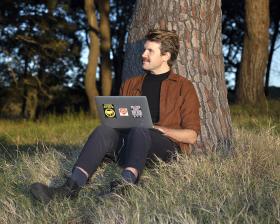
But the strength of the new Library catalogue is not simply its technological advances. Giacomo sees the possibility of making similar discoveries to those unearthed through ‘old fashioned’ browsing. He recalls turning points in his academic career when he stumbled on books in stores or libraries and found what Ezra Pound called ‘the luminous detail’ that changed his thinking on a topic.
‘For me, the new catalogue has been refined to such an extent that performing a search is like chiselling a piece of stone — you’re approaching it from different directions until gradually it takes shape.’ During the early stages of his research on the politics and economics of Australian agriculture, he started with layman’s terms and found a huge number of resources which he filtered for scholarly articles, government resources and committee reports. ‘As you refine, you’ll stumble across a single title which will condense the thoughts you had on a particular topic better than you could have articulated yourself. That can change the course of a project.’
Giacomo had a similar experience in his research on Jack Lindsay, tracking niche sources to their collections and then finding an audio interview and letters. Along the way, searching for ‘Australian poetry periodicals’, he turned up the covers of Lone Hand magazine. ‘The covers of the early war years were full of patriotic imagery but as soon as you hit 1916, the title pages become these pre-Raphaelite women which lasts until the mid 1920s until it changes again. That says a lot about a changing notion of the Australian reading public, about commodity culture and politics and printing mechanisms of the time. And that’s purely from the catalogue assembling and displaying the images in one place.’
As Giacomo turns his mind back to New York, the return of face-to-face teaching, the fourth year of his PhD, and the resumption of his own creative writing, his thoughts revert to poetry: ‘Wordsworth said the distinction between prose and poetry is that a poem can be read infinite times. Being able to write something that’s eternally fresh that you can return to and always get something out of, that’s got to be the ideal.’
Perhaps, in an age when nearly all his young students’ learning is still online, the same ambitious goals should be set for the Library’s catalogue, so that searching the collection is not only useful but also a little poetic.
Mathilde de Hauteclocque is an archivist at the City of Sydney Archives.
This story appears in Openbook spring 2021.

